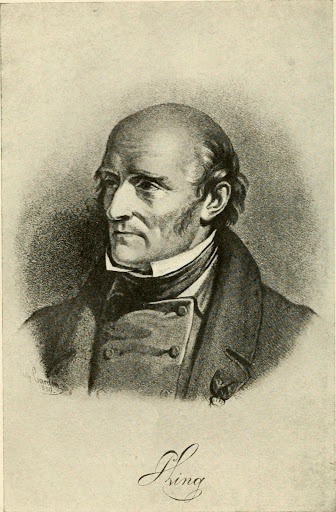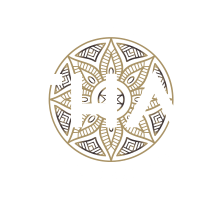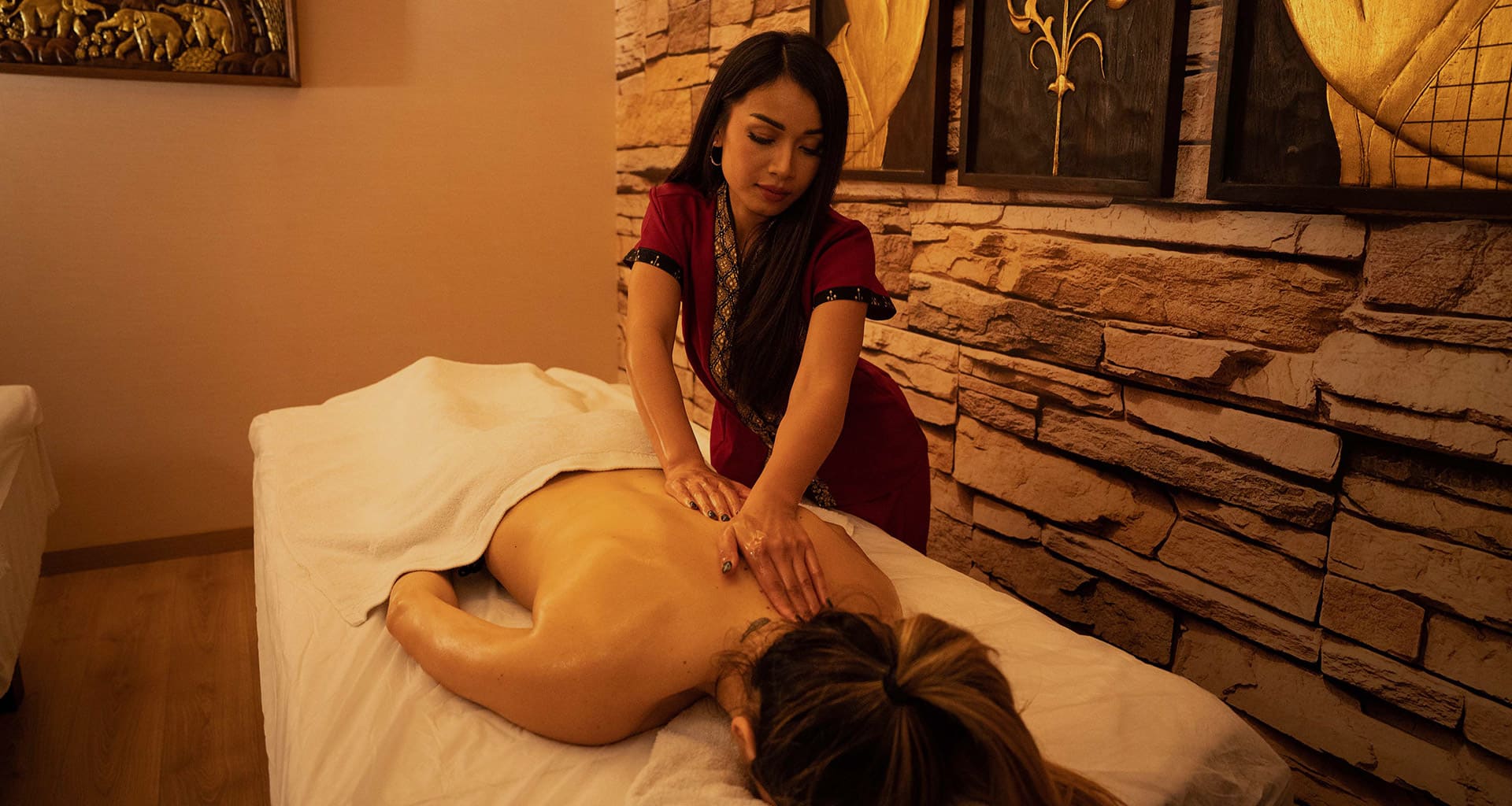We are passionate about the world of massage and our team does not stop training to integrate new disciplines into our menu, expand our knowledge and have a deeper vision of well-being. Today we share with you the history and benefits of the Swedish Massage.

Pehr Henrik Ling, born in 1776, lived a difficult life. He prided himself on being able to reduce his needs to the maximum at any time, a skill he learned after years of hardship and hardship, such as when he volunteered in the naval battle of Copenhagen on April 2, 1801. The harsh conditions of his early years they had devastating consequences for his health: when he was no more than 25 years old, he suffered from rheumatism, lung disease and had developed gout in his arm.
But in 1804 Ling discovered his passion for fencing and, thanks to the regular practice of this sport, his health improved. After three years, he fully recovered the ability to move his arm, verifying for himself the beneficial effects of physical exercise. And it is that this idea so common today —the use of training as therapy— was completely revolutionary in the 19th century.
Ling decided to apply his experience to benefit others and in 1813 founded the Royal Central Institute of Gymnastics (RCIG), for the training of gymnastics instructors in Stockholm. There he would develop many innovative inventions that we can find today in any gym, such as the wall bars, the rack and the balance beams but, contrary to what we can see on numerous internet pages, was not the creator of Swedish Massage.
How did this historical confusion that has been published on so many pages arise?
![]()
Swedish Massage was invented by Dutch doctor Johann Georg Mezger who, using French massage techniques, developed a system of five therapeutic techniques to treat patients. The names with which Mezger baptized these techniques (effleurage, petrissage, friction, tapotement and vibration) were also used to translate the massage techniques described by Ling in the movements of Swedish Gymnastics —not Swedish Massage —, and thus the error that the historian Patricia Benjamin clarified in 1986 was born: it was not Ling nor the Royal Central Institute of Gymnastics who created the bases of Swedish Massage, but Johann Georg Mezger.

What is the Swedish Massage?
![]()
The Swedish Massage seeks to eliminate tension and reaffirm muscles and joints through a toning and relaxing effect that promotes blood and lymphatic circulation and the elimination of toxins . It is the most conventional massage system, in which the client lies on a stretcher and is covered with a towel or sheet for a full body massage treatment, except in areas that are contraindicated due to an injury or where the client requests not to touch them out of modesty.
The techniques of Swedish Massage are, as we have seen, effleurage (long and sliding caresses), petrissage (lifting and kneading the muscles), friction (firm and deep circular rubbing movements), tapotement (movements of percussion or rapid tapping) and vibration (rapid shaking or vibration). The Swedish Massage can also be combined with essential oils, inhalations, deep massages and stretching for a deeper and more lasting effect. As it is a safe and chemical-free therapy, it has few contraindications and, thanks to contact and its experiential dimension, it provides numerous benefits for the mind and stress.

Benefits of Swedish Massage
![]()
1. Relieves muscle tension and pain: By working on the muscles to relax them and relieve pressure from the fascia, this massage reduces muscle tension levels and pain.
2. Improves circulation: Swedish Massage promotes better blood and lymphatic circulation. This allows nutrients and oxygen to reach the muscles, which helps prevent muscle fatigue and improves endurance. In addition, it improves the elimination of waste and toxins from the body through the natural activation of the body’s drainage.
3. Improves flexibility and mobility: This massage stretches the tissues and helps to relieve muscle stiffness and improve mobility. This improves the flexibility of the body and reduces the probability of injuries and the famous “ramps”.
4. Reduces stress and anxiety: a massage requires a period of time —universally established as one hour— of immobility and tranquility. In a world of social networks and bustling cities, it is, for many, the only context of total relaxation that helps to relax the body and mind and improve general well-being.
5. Helps improve posture: Swedish Massage helps relieve muscle tension and flexibility, which helps correct posture.

Tips to enjoy a good Swedish Massage
![]()
1. Use essential oils to relax your muscles before you start.
2. Establish good communication with your therapist.
3. The pressure should be firm, but not too strong.
4. Movements should be slow and smooth, using your body weight to apply pressure.
5. Kneading techniques relax muscles and promote circulation.
6. Gliding, pulling and stretching movements are ideal for relieving muscle tension.
7. Vibration movements help relieve deep tension. The Swedish Massage is the best-known massage in the West and is the basis of many other therapies, which is why our masseurs have also trained in this massage. If you have been interested in the history and benefits of this massage, we invite you to discover it at Thai Spa Massage.







